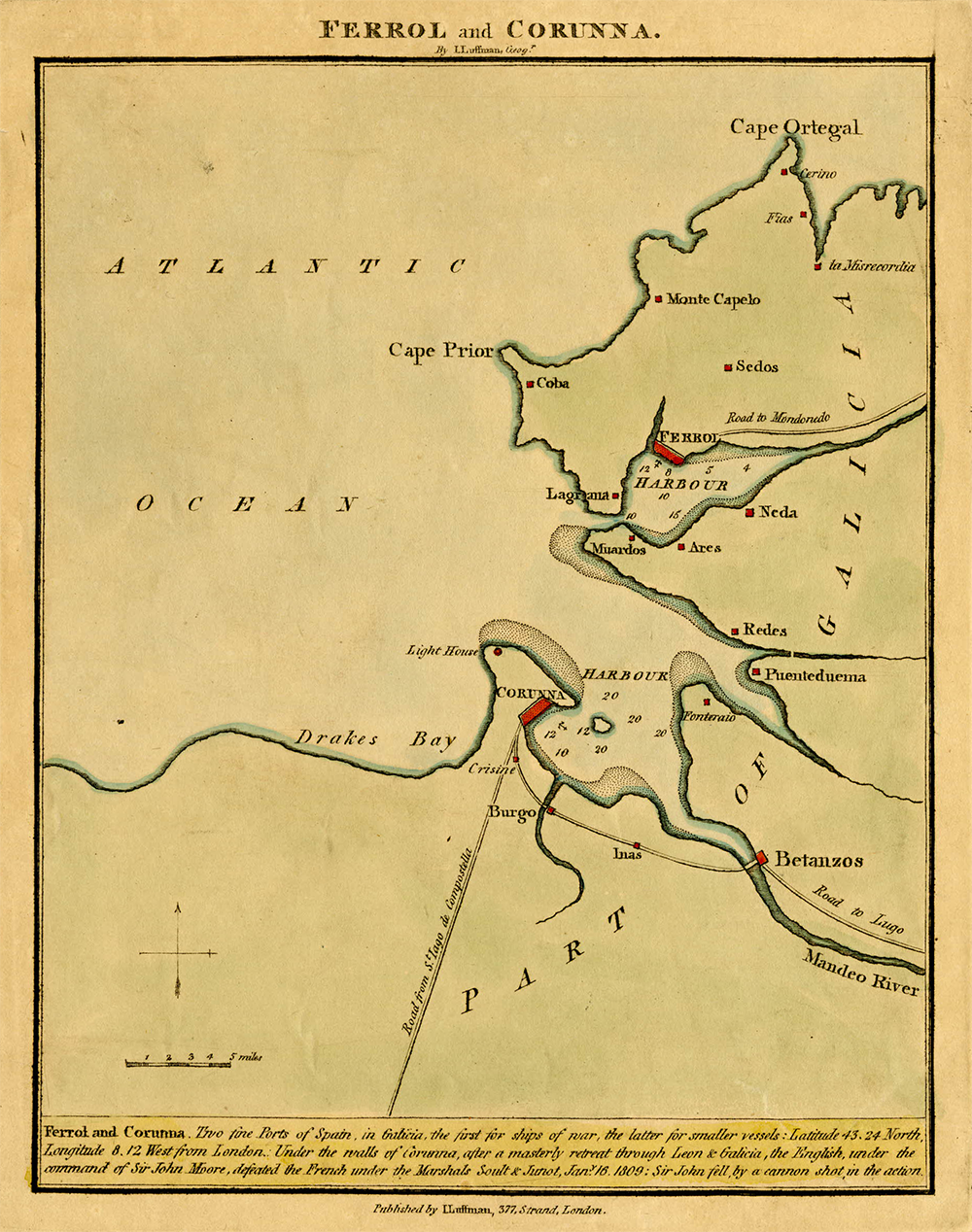Galicia:The Coast Of Death
From Lapham's Quarterly, Oct 2:
From shipwrecks to Couto Mixto, Galicia has long been domicile to contraband.

From shipwrecks to Couto Mixto, Galicia has long been domicile to contraband.
t seemed difficult to believe when nosotros did the measurements at school: Galicia has 930 miles of coast. More than Andalusia, to a greater extent than than all of the Balearic Islands reach together. Zoom inwards too the shoreline reveals an aversion to at in i lawsuit lines; it comprises an uncompromising welter of recesses too tiny bays, ideal for entering too leaving unseen. The succession of shelves too rocks that skirt it could almost arrive at got been designed for ships to run aground on. One of its stretches is called Costa da Morte—the Coast of Death. And it is on the Costa da Morte that this storey begins.
There was a fourth dimension when the alone interaction betwixt the villages too towns inwards the area—most of them nestled away, sheltered from the scouring Atlantic winds—took the cast of rivalries betwixt the fishermen’s guilds. The remoteness of Galicia brought nearly a unique accent that other Spaniards frequently fighting to understand. The precious stone inwards the crown is Cape Finisterre—the halt of the footing every bit far every bit the Romans were concerned; to the Greeks the call for from which Charon the ferryman gear upwards off across the Styx; too the house where the Christian Camino de Santiago begins. For most visitors today, it is exactly a charming promontory jutting into the ocean. And, it exactly then happens, a squeamish steep headland for bringing inwards contraband.
The people of Costa da Morte, which runs roughly from the urban kernel of Coruña to a fiddling agency yesteryear Finisterre, arrive at got ever depended on the sea for their livelihood. On line-fishing too on trade, but also on passing merchant vessels; they would non ever hold back to instruct their hands on the cargo at the main ports of Corme, Laxe, Muxía, or Camariñas, frequently choosing to exit raiding instead. Or they could exactly continue an oculus out for whatsoever wreckage that mightiness launder ashore.
Any campaign to count the ships that arrive at got sunk off Galicia is itself destined to flounder. There arrive at got been 927 documented cases since the Middle Ages—“If only,” locals state to that. Influenza A virus subtype H5N1 researcher named Rafael Lema has written a meticulous compilation of these stories entitled Costa da Morte, un país de sueños y naufragios (Coast of Death: Country of Dreams too Shipwrecks), which summarizes some of the most surprising incidents.
At the halt of the nineteenth century, the English linguistic communication merchant vessel Chamois ran aground close Laxe. According to local fable, a fisherman went to the assist of the crew, calling out when he drew to a greater extent than or less encounter if the captain wanted assistance. The captain, thinking he was beingness asked the ship’s name, answered “Chamois,” too a wondrous linguistic brusque circuit resulted: the fisherman understood him to last maxim that the ship’s cargo was cattle (bois inwards Galician) too hurried dorsum to nation to enjoin his compatriots. In no fourth dimension at all they had sailed out inwards their hundreds, armed to the teeth—to the horror of the bedraggled Englishmen.
Around the same fourth dimension at that spot was the Priam: when it ran aground, the gilt too silvery watches that spilled onto the beach were gone inside a affair of hours. Influenza A virus subtype H5N1 grand pianoforte also washed up, too the locals, mistaking it for some other chest, hacked it to pieces. They had never set eyes on such a thing before.
The pop storey of the Compostelano does non strictly trouble concern a shipwreck. She maneuvered expertly to come inwards the River Laxe and, coming to landfall, ran into a sandbank off Cabana beach. When the locals went downwardly to accept a look, they are said to arrive at got works life a truthful cat on board but no sign of whatsoever crew.

Map of business office of Galicia showing the harbors of Ferrol too Corruna, yesteryear John Luffman, c. 1809.
© The Trustees of the British Museum
One of the worst tragedies took house inwards 1890, when the English linguistic communication vessel Serpent went downwardly off Camariñas too its crew of 5 hundred perished. Their graves tin give the sack last works life inwards the nearby English linguistic communication cemetery, positioned scenically betwixt beach too cliff. Twenty years before the Captain had sunk off Finisterre, too no fewer than iv hundred men lost their lives.
The horror of shipwrecks did non ever accept the shape of drowned men. In 1905 the Palermo, its concur total of accordions, sank close Muxía. The onshore breeze was said to comport chilling, ghostly strains that night.
In 1927 the Nil beached close Camelle, its concur total of sewing machines, fabrics, carpets, too carriage parts. The showtime thing the transportation owners did was to employ some local people to guard the cargo. Little goodness that did: others came too stripped the vessel inwards a affair of days. The Nil also happened to last carrying boxes of condensed milk. According to the accounts, the locals had never seen condensed milk before, too mistook it for paint. When they took it domicile too began daubing it on their houses, an infestation of flies followed that was of biblical proportions.
The instances exterior living retention also include the staggering 1596 representative of the Castilian Armada: twenty-five vessels sunk, at a damage of to a greater extent than than 1,700 lives. Reports at the fourth dimension pigment the direst of pictures, amongst bursts of lightning illuminating a watery scene littered amongst corpses, shattered pieces of ships, too men crying out every bit the waves claimed them....MUCH MORE

No comments